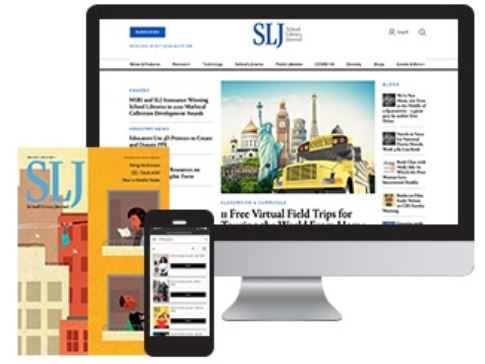2018 School Spending Survey Report
Ferris presents a unique and inspiring cradle-to-grave biography that offers more than just simple chronology of the patriot and dictionary-writer’s life. Even as a child, Noah knew that farming wasn’t for him: he "wanted to be a SCHOL-AR (noun: one who goes to school; a person who knows a lot)." He attends Yale, teaches school, and promotes the idea of a strong national government. Most telling is his belief that federalism should be extended to language, one devoid of fancy English spellings (American plow instead of British plough, for example) and one with standardized spellings. "He would write a DIC-TION-AR-Y (noun: a book listing words in ABC order, telling what they mean and how to spell them)." The incorporation of words with their definitions (from Webster’s New Collegiate Dictionary, natch) is seamlessly done, creating opportunities for vocabulary development and readers’ theater, but also, and most importantly, concretely showing what Webster’s work was all about. Kirsch’s humorous illustrations highlight important moments and build to the story’s climax when Noah, with shaky hand, writes the final entry in his book: "ZY-GO-MAT-IC (adj.: related to the cheek bone)." An illustrated timeline, author’s note, bibliography of primary and secondary sources, and websites complete the useful and entertaining volume. betty carter
ALREADY A SUBSCRIBER? LOG IN
We are currently offering this content for free. Sign up now to activate your personal profile, where you can save articles for future viewing





Be the first reader to comment.
Comment Policy:
Comment should not be empty !!!